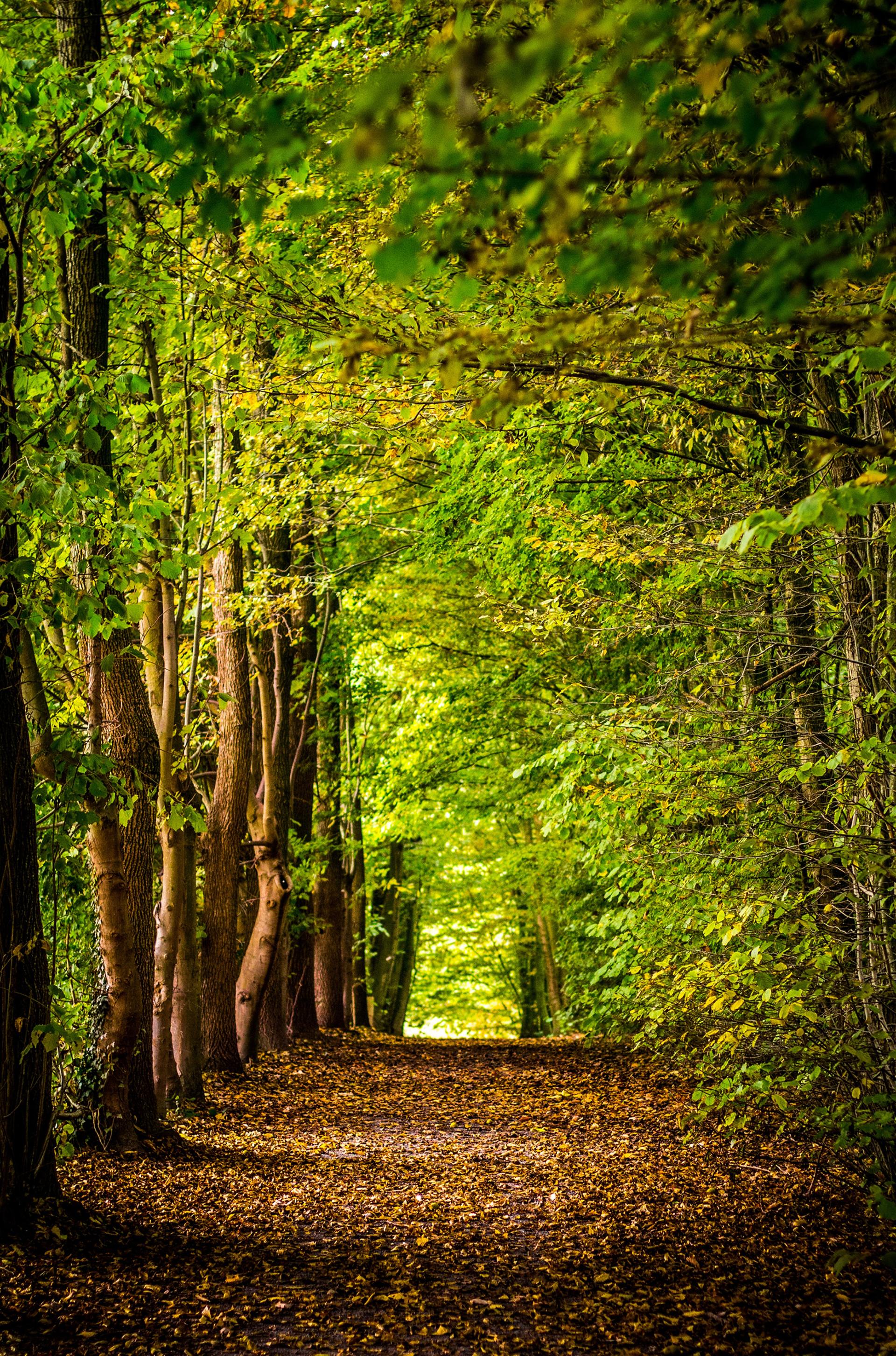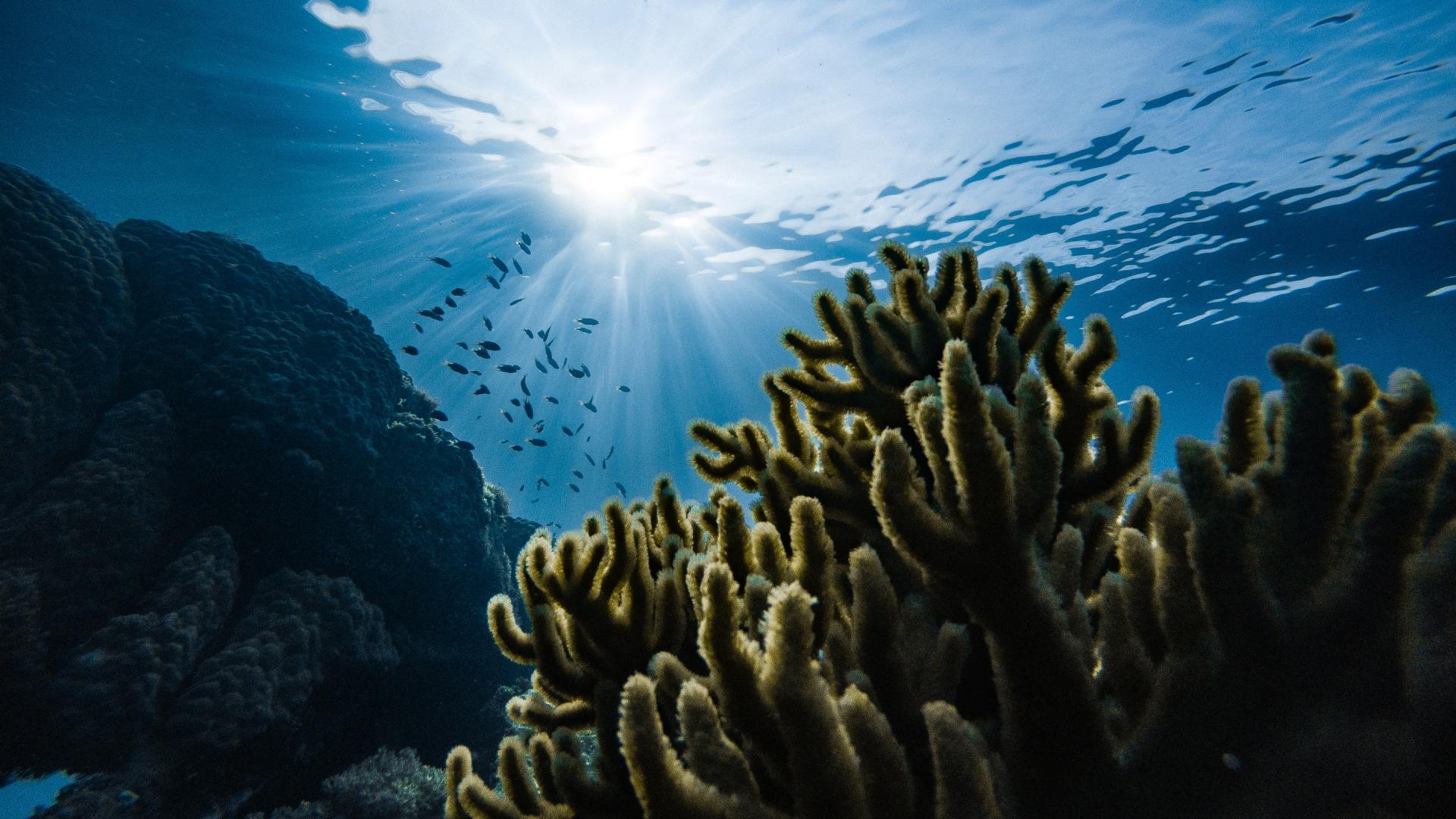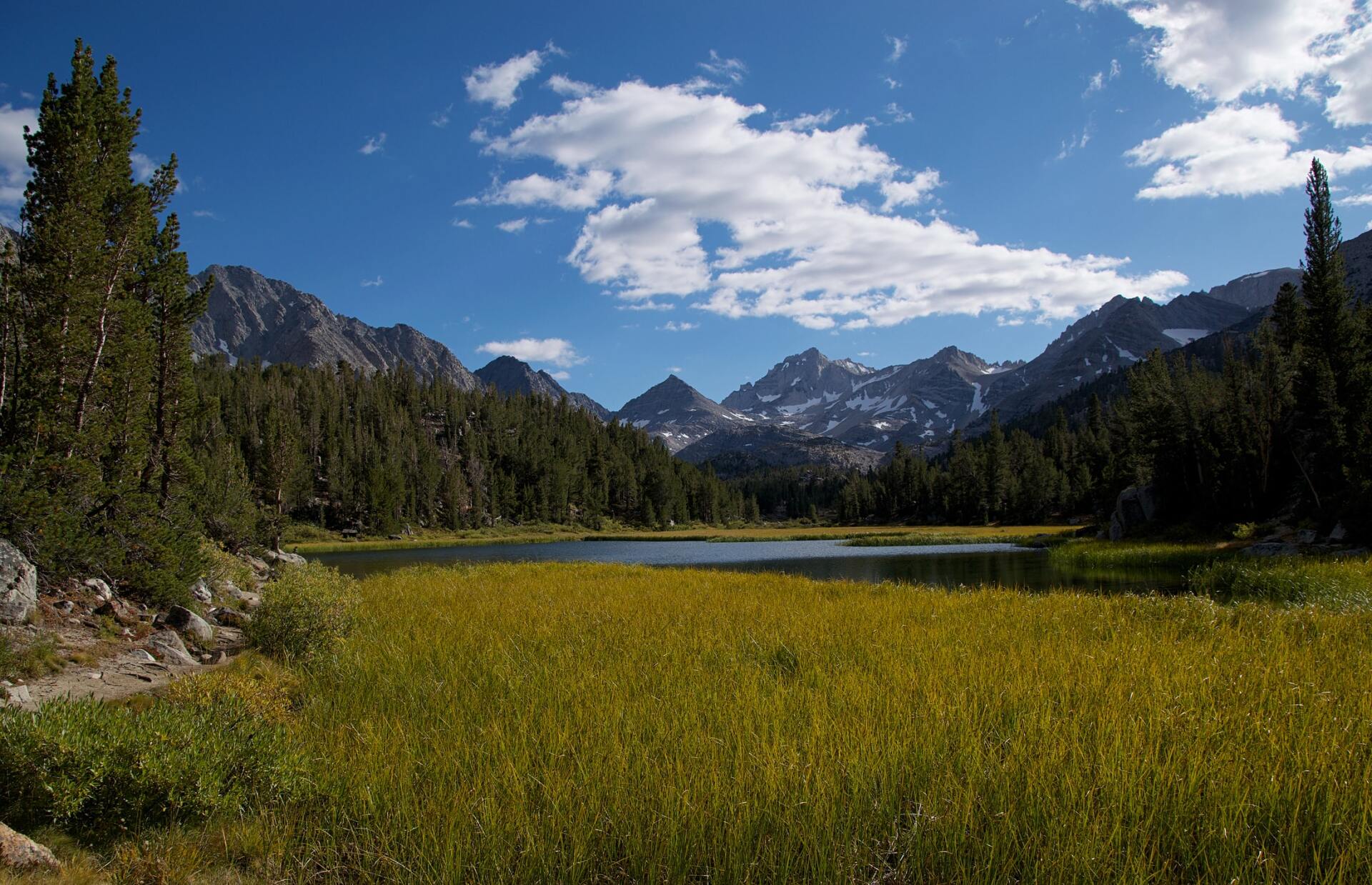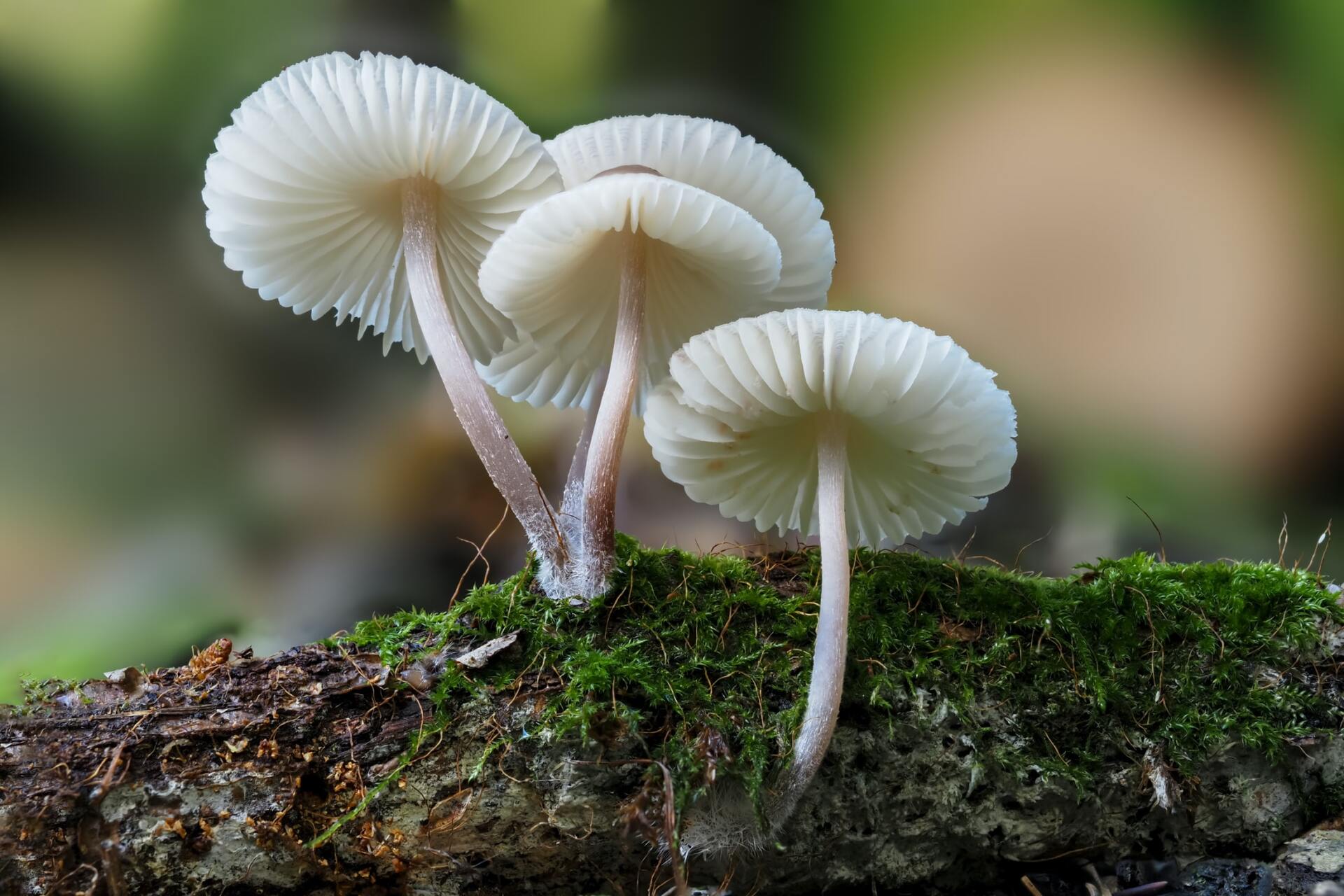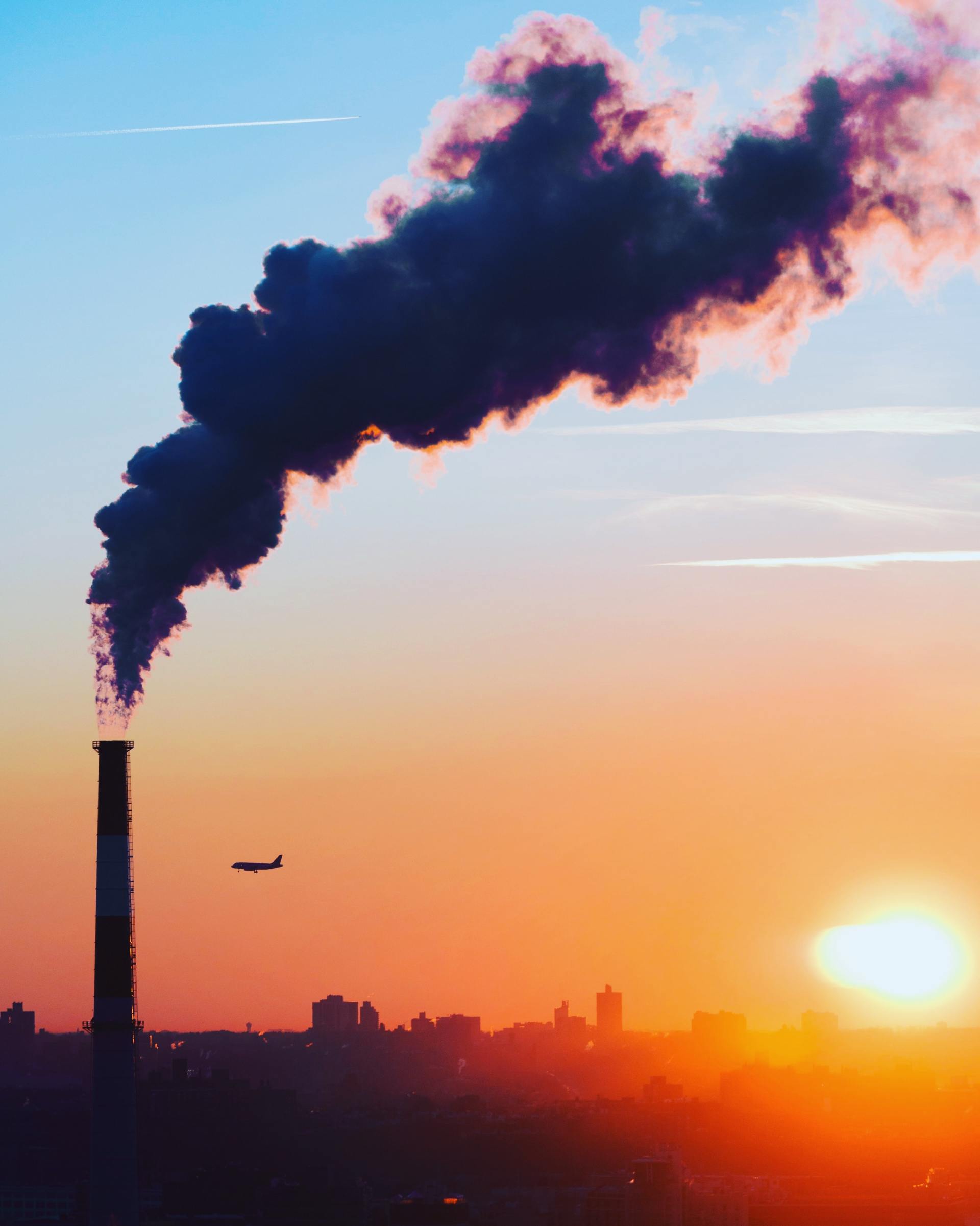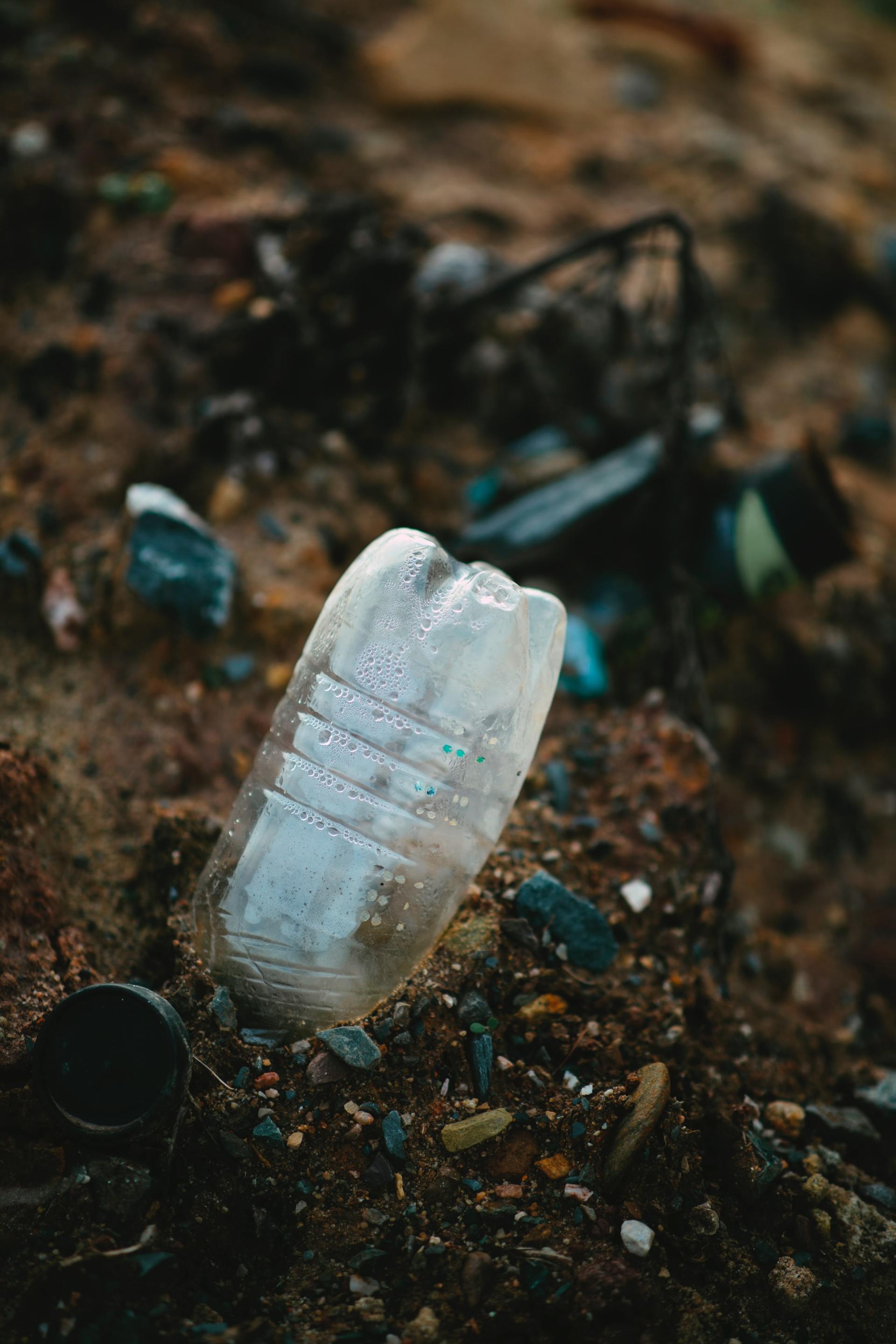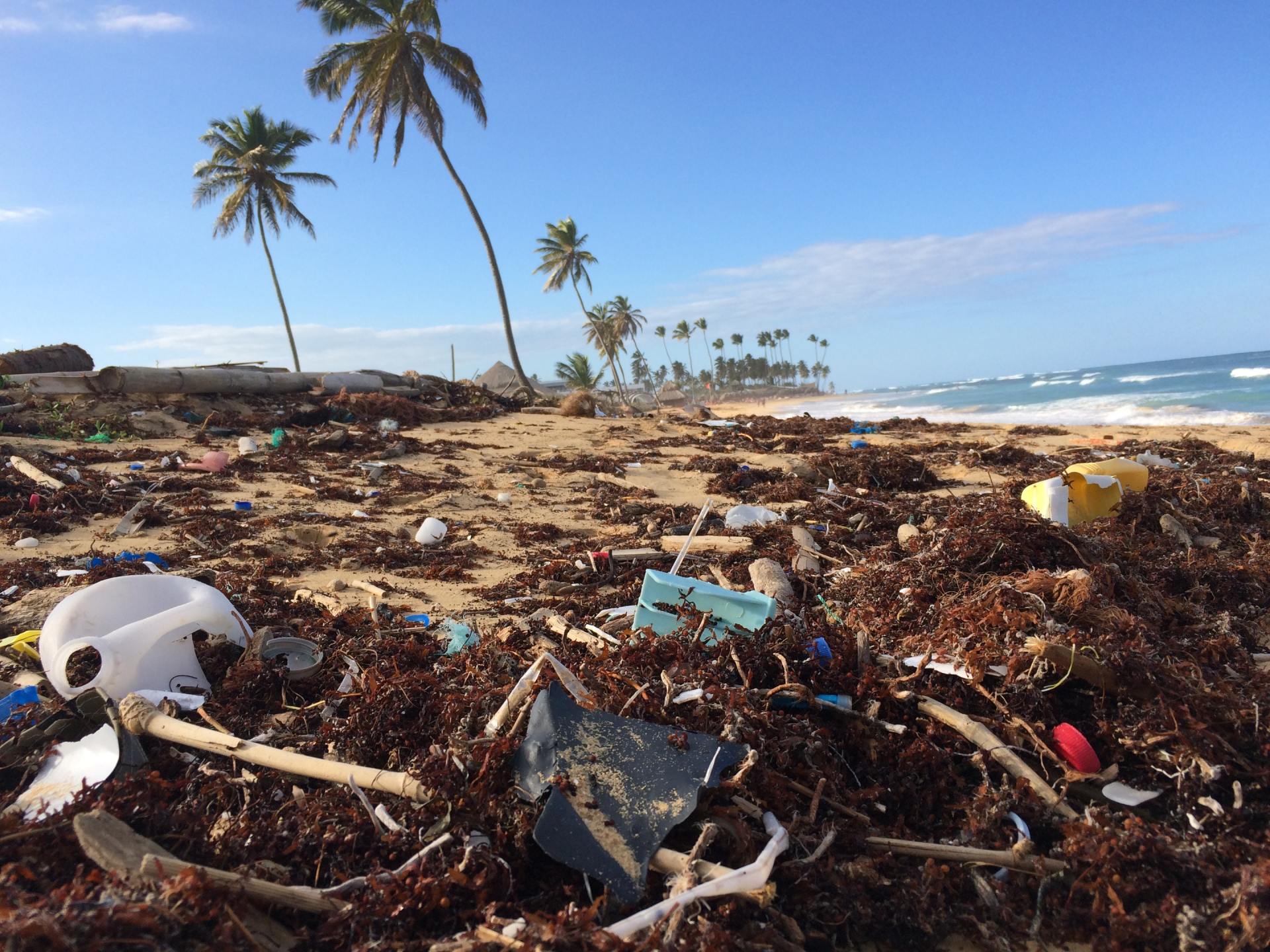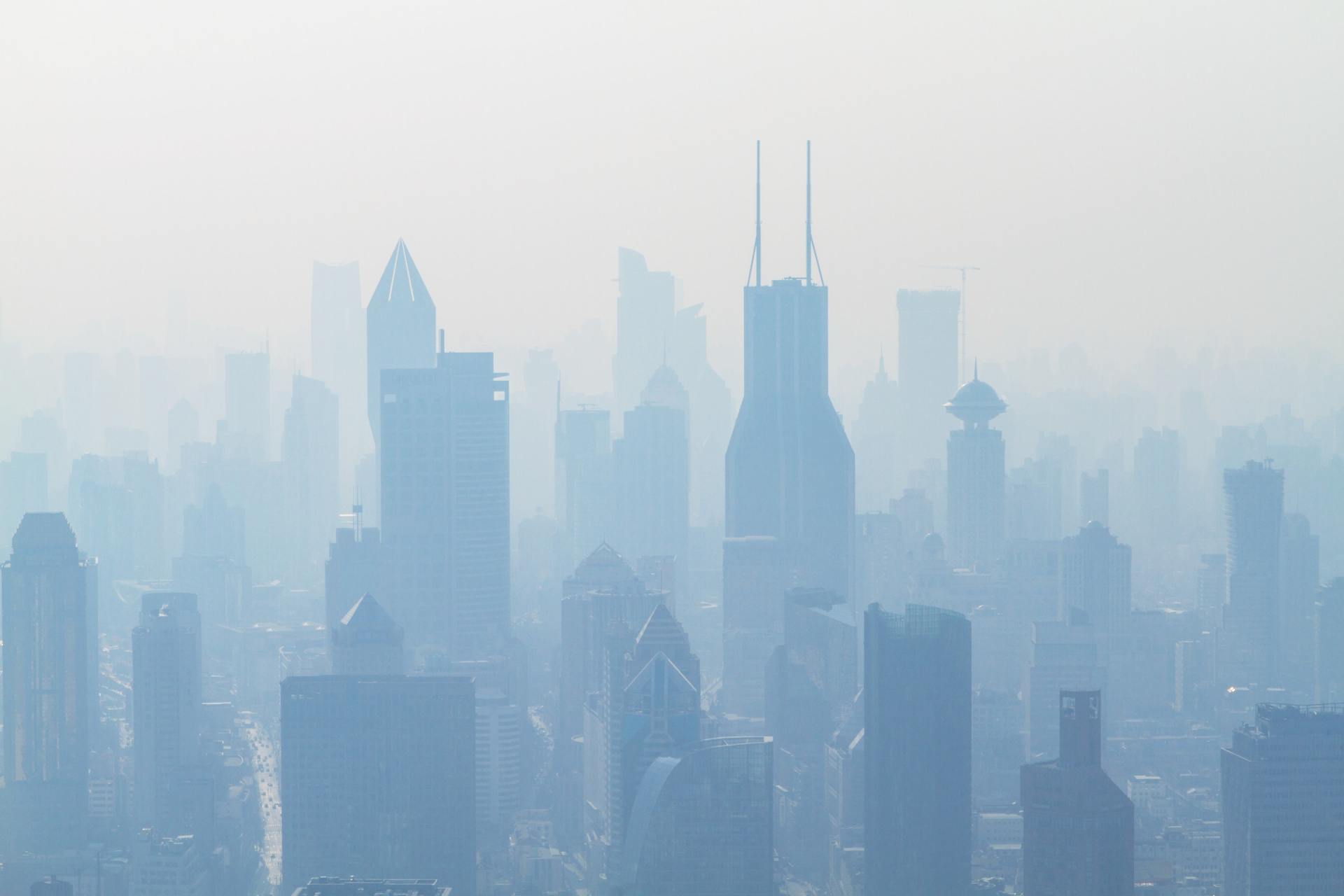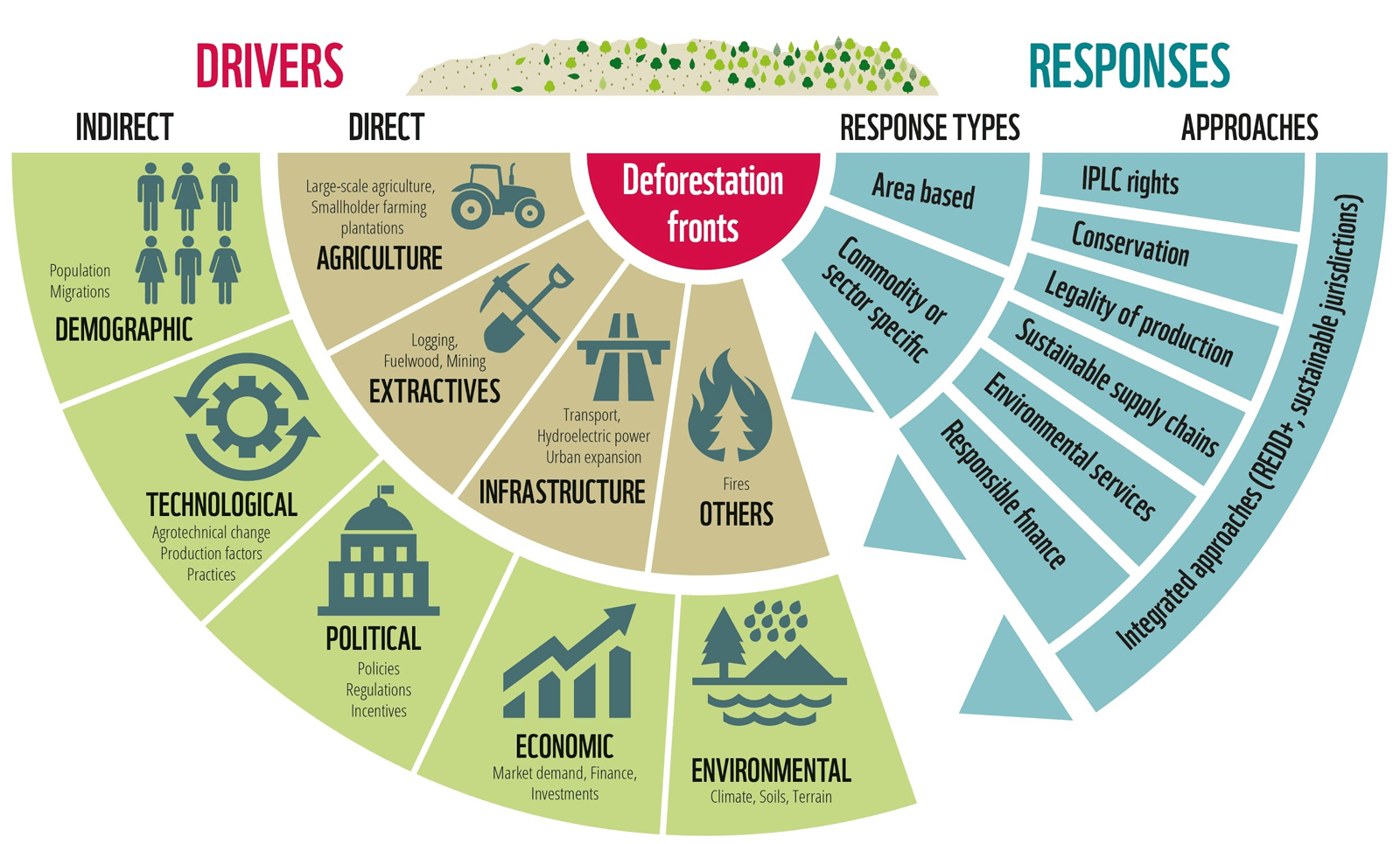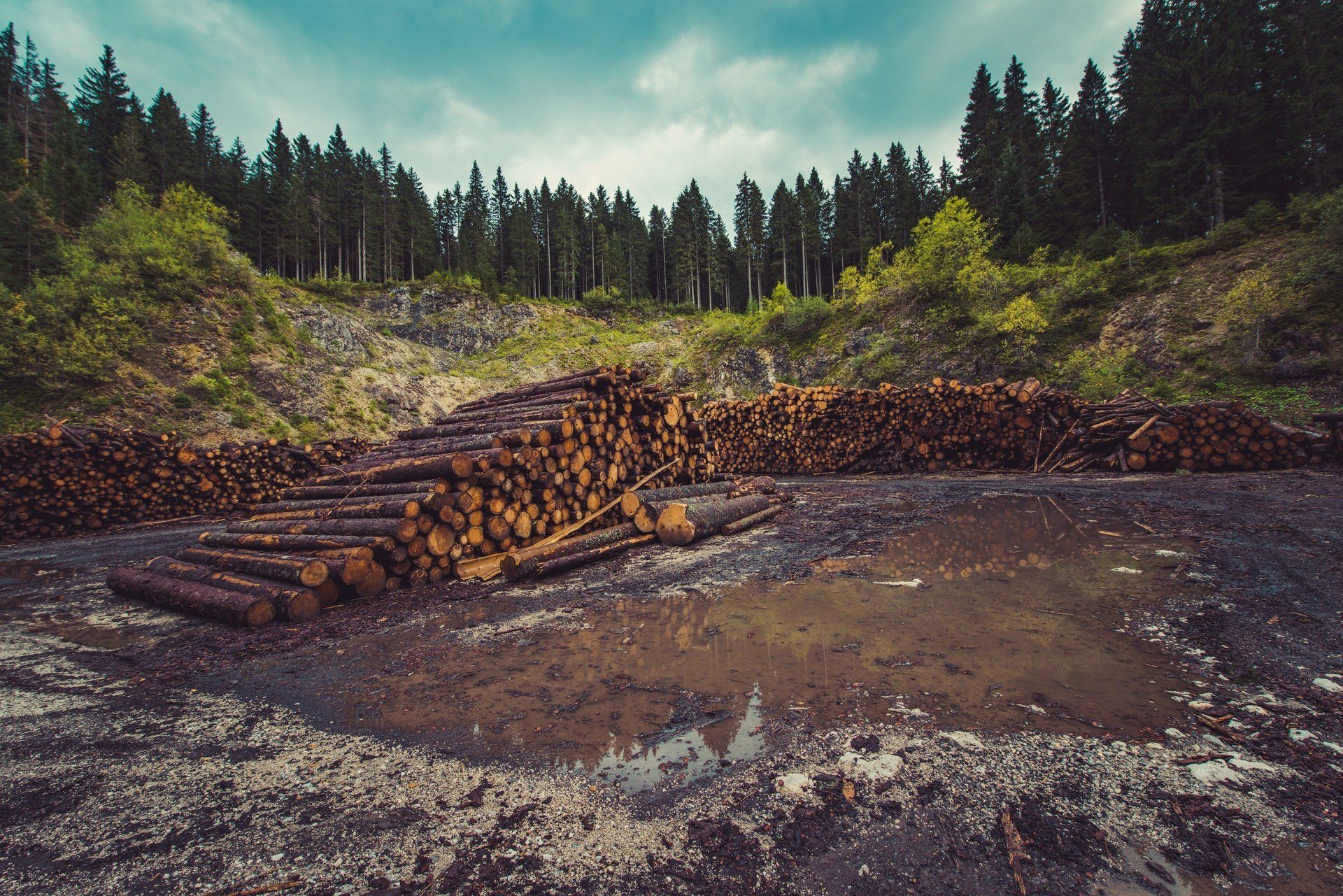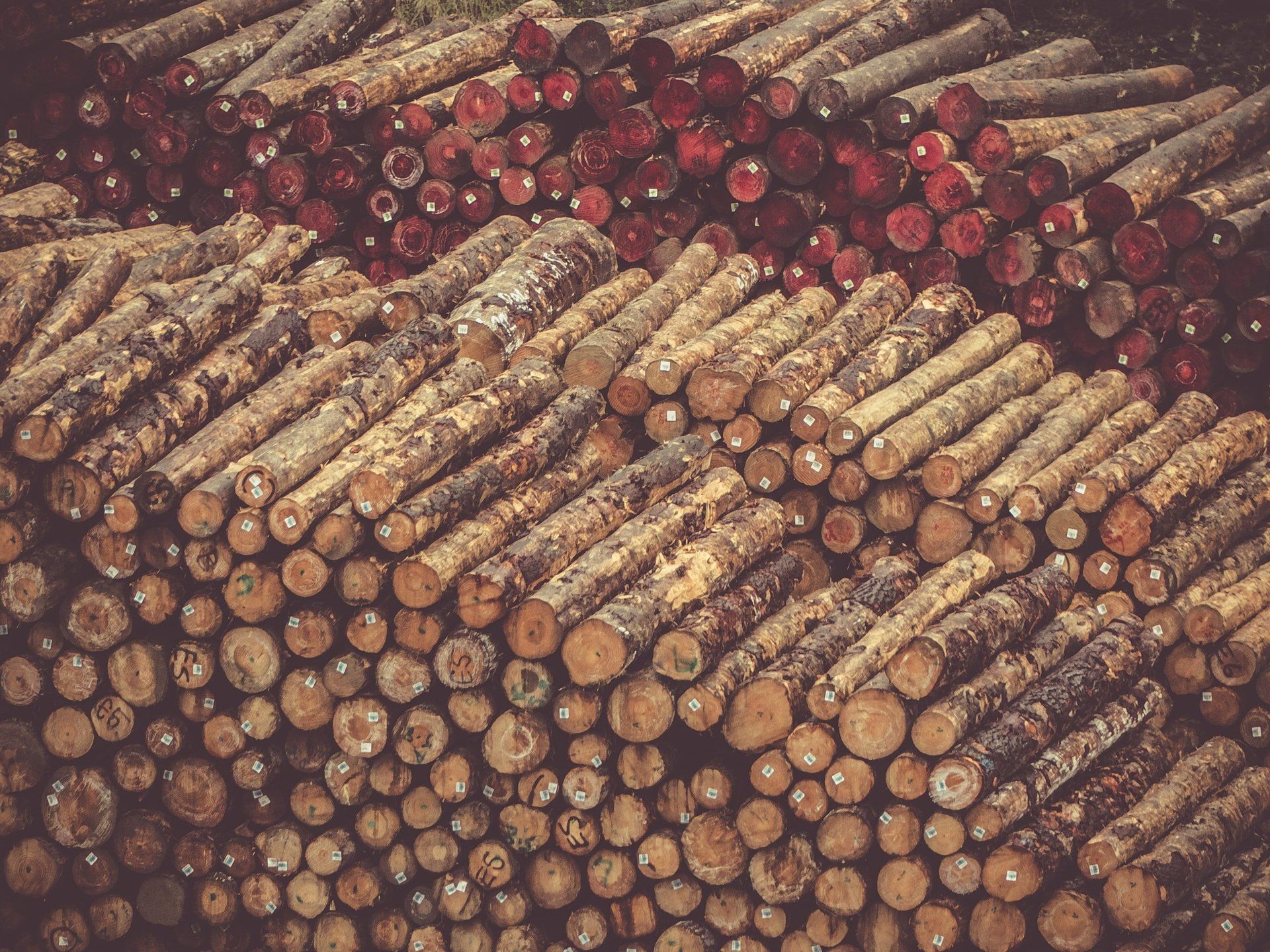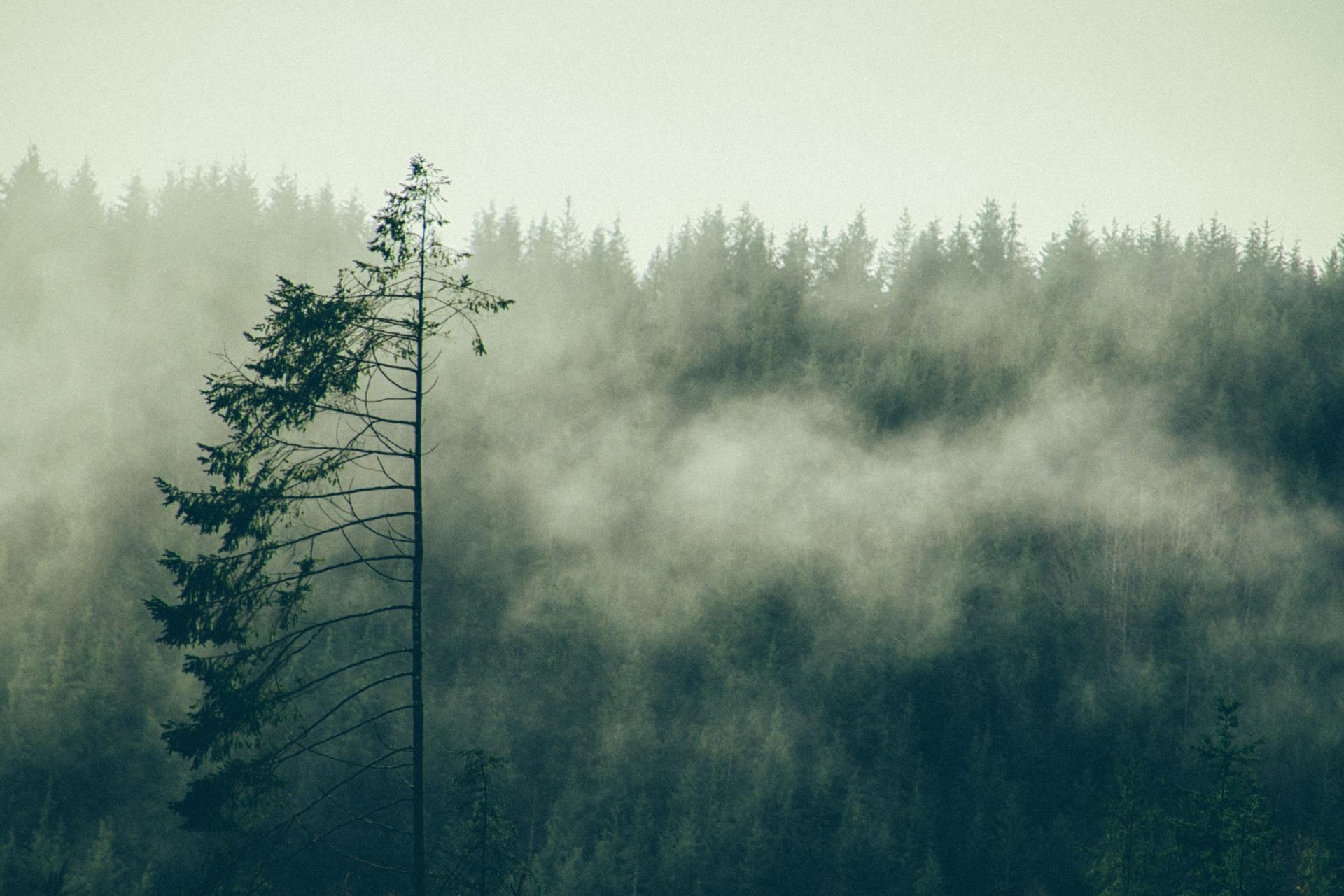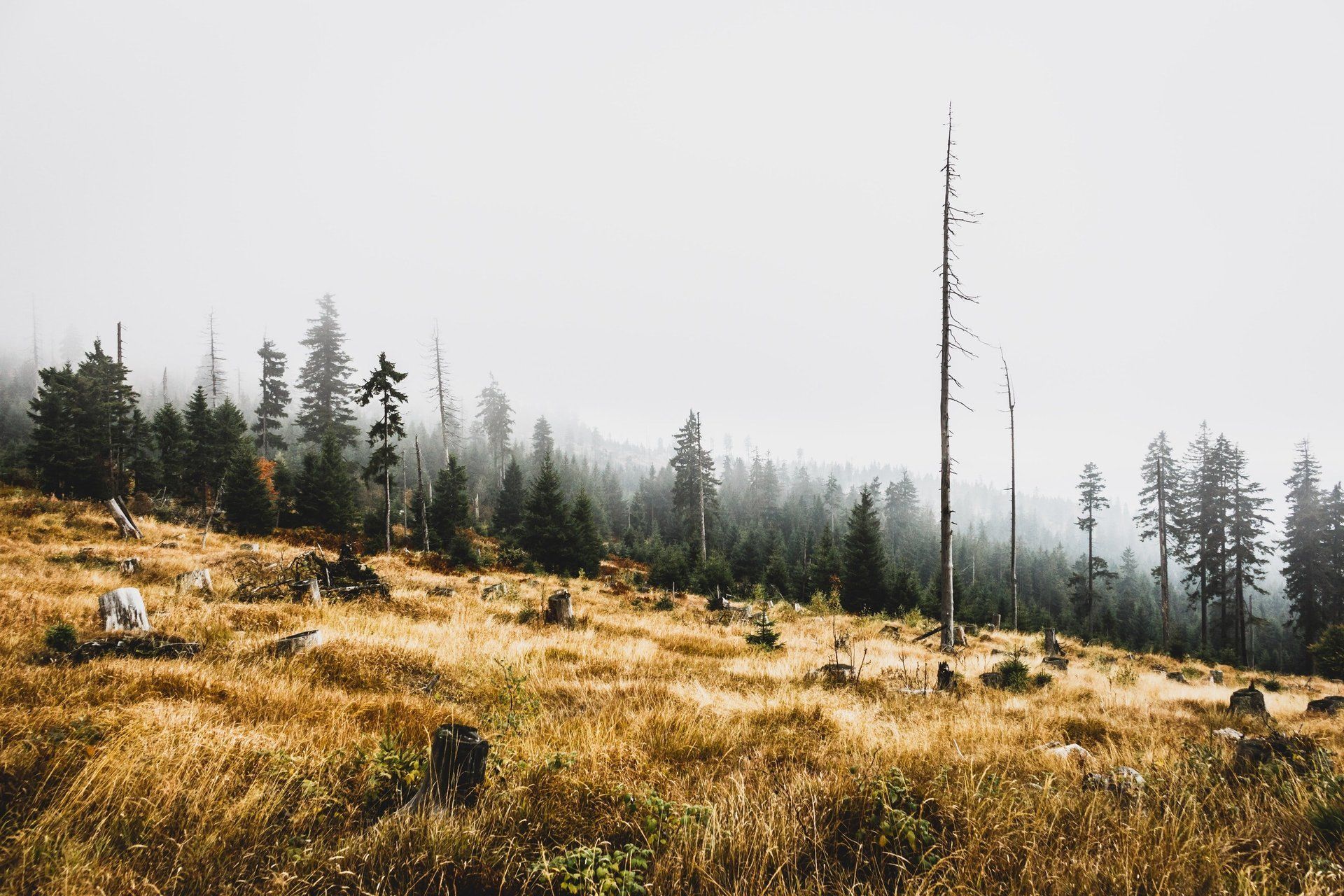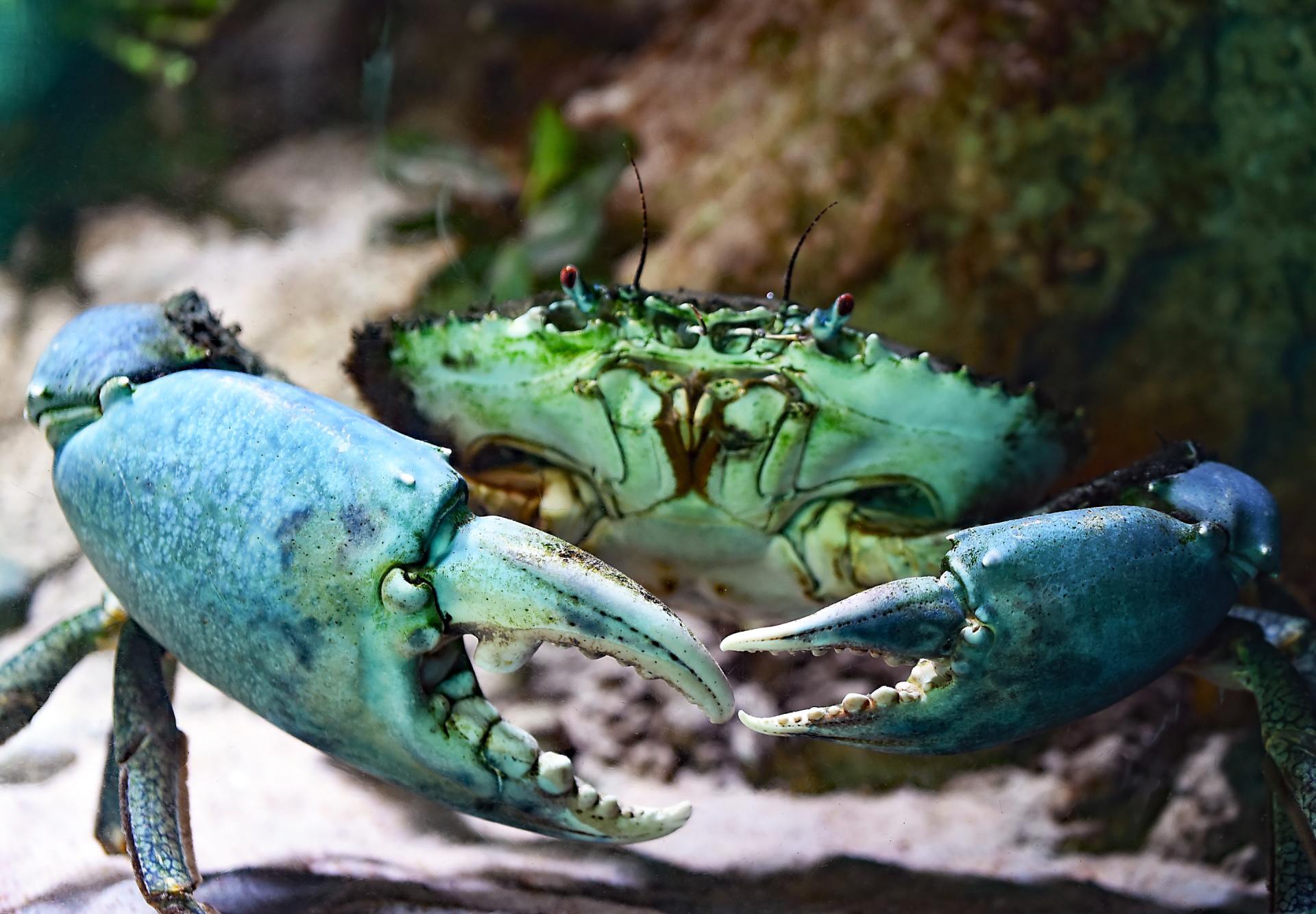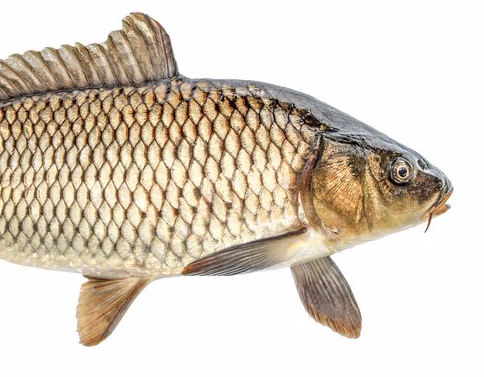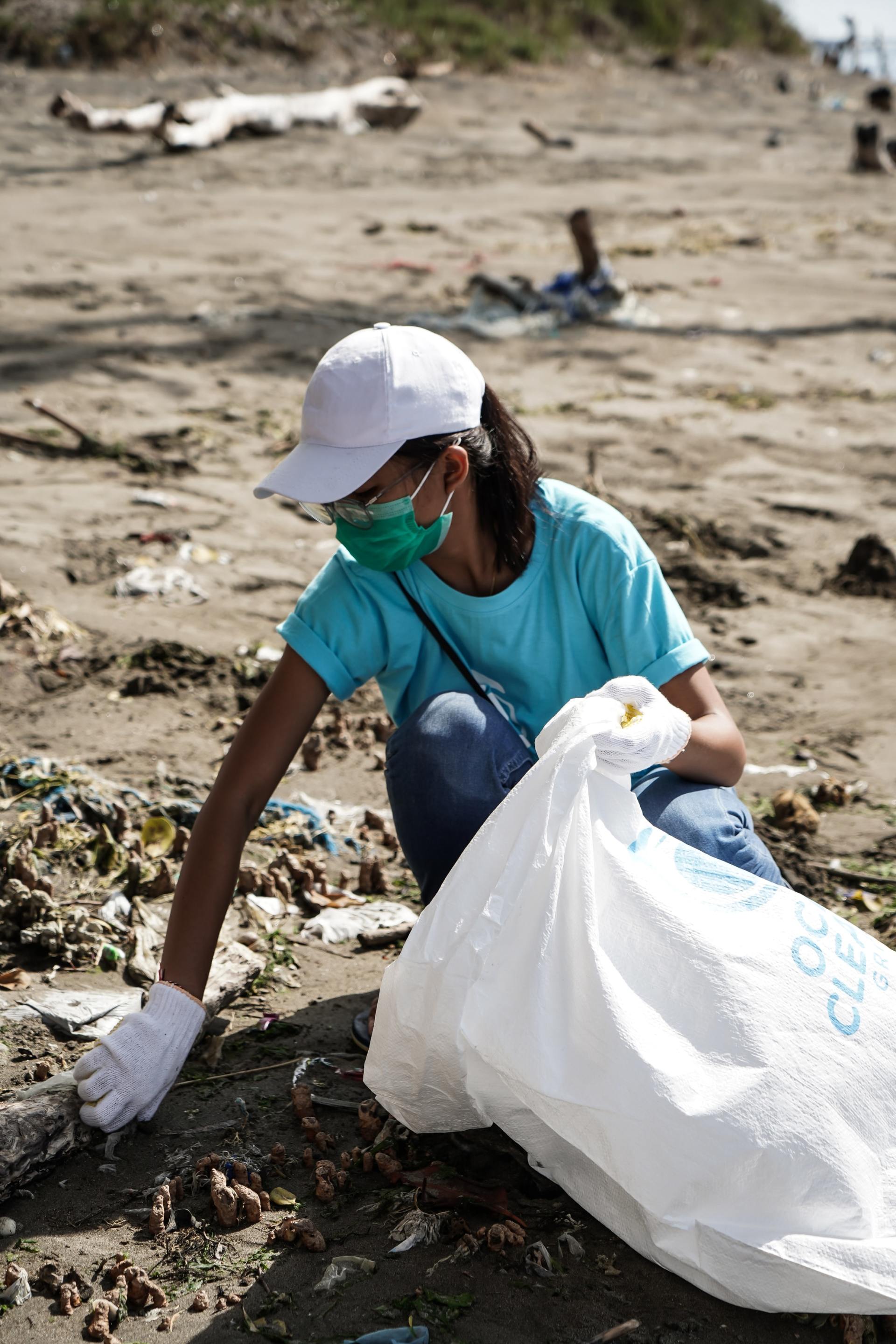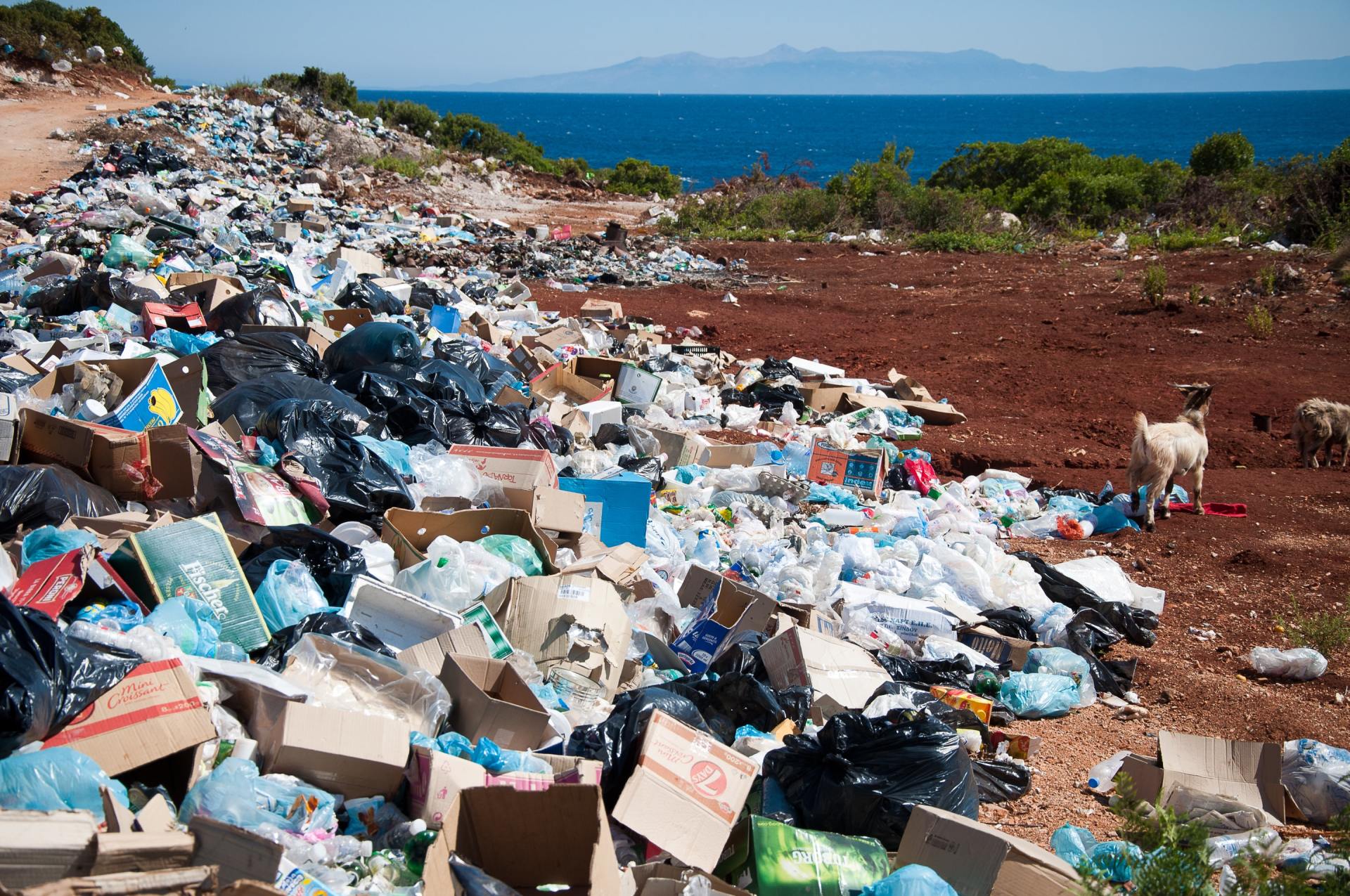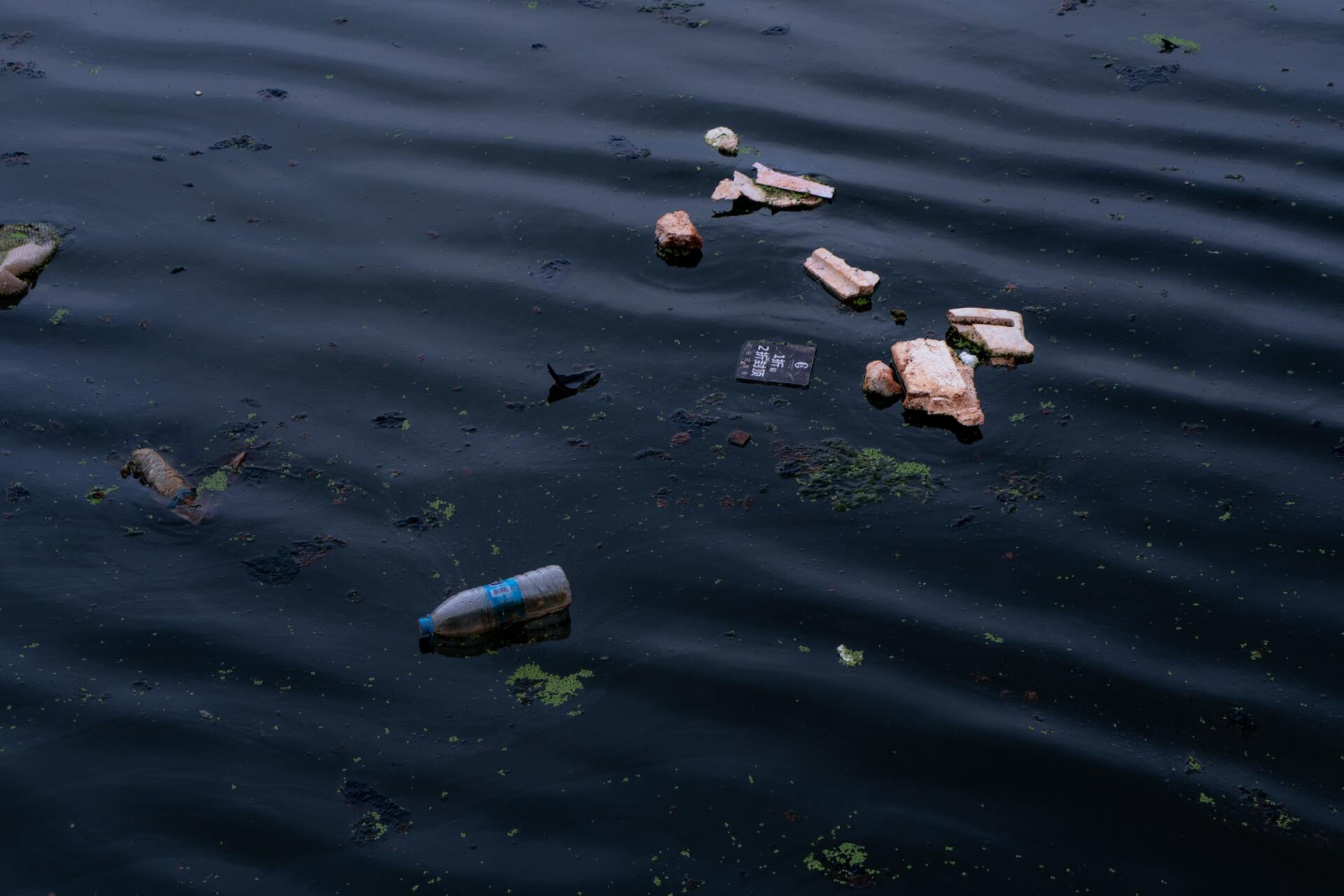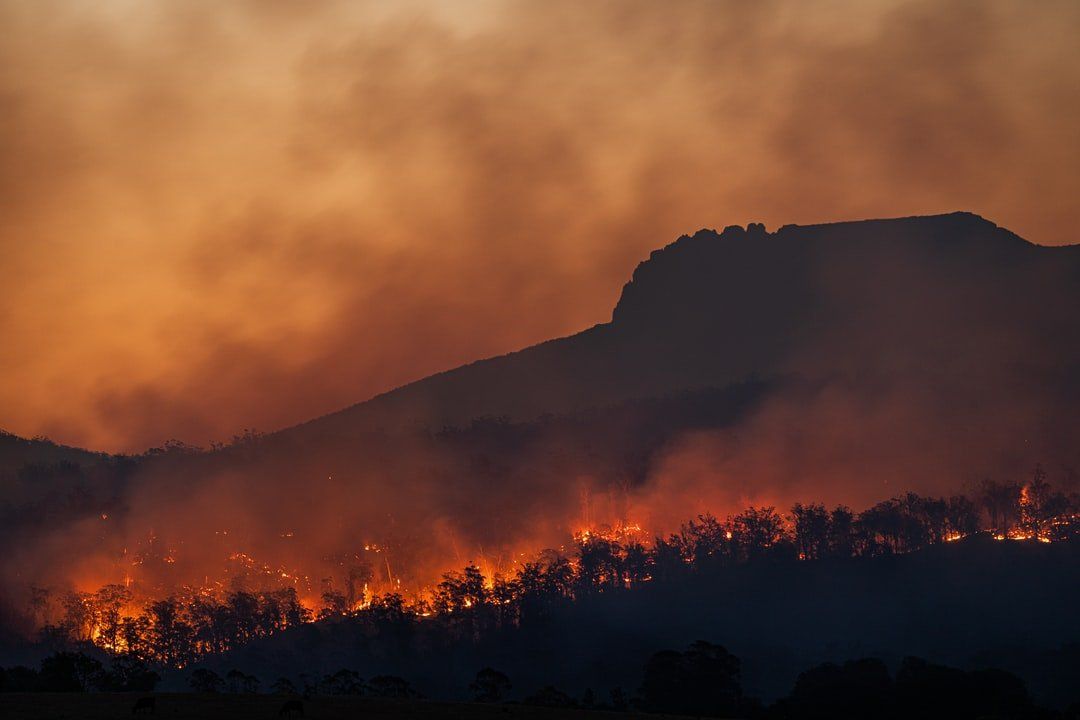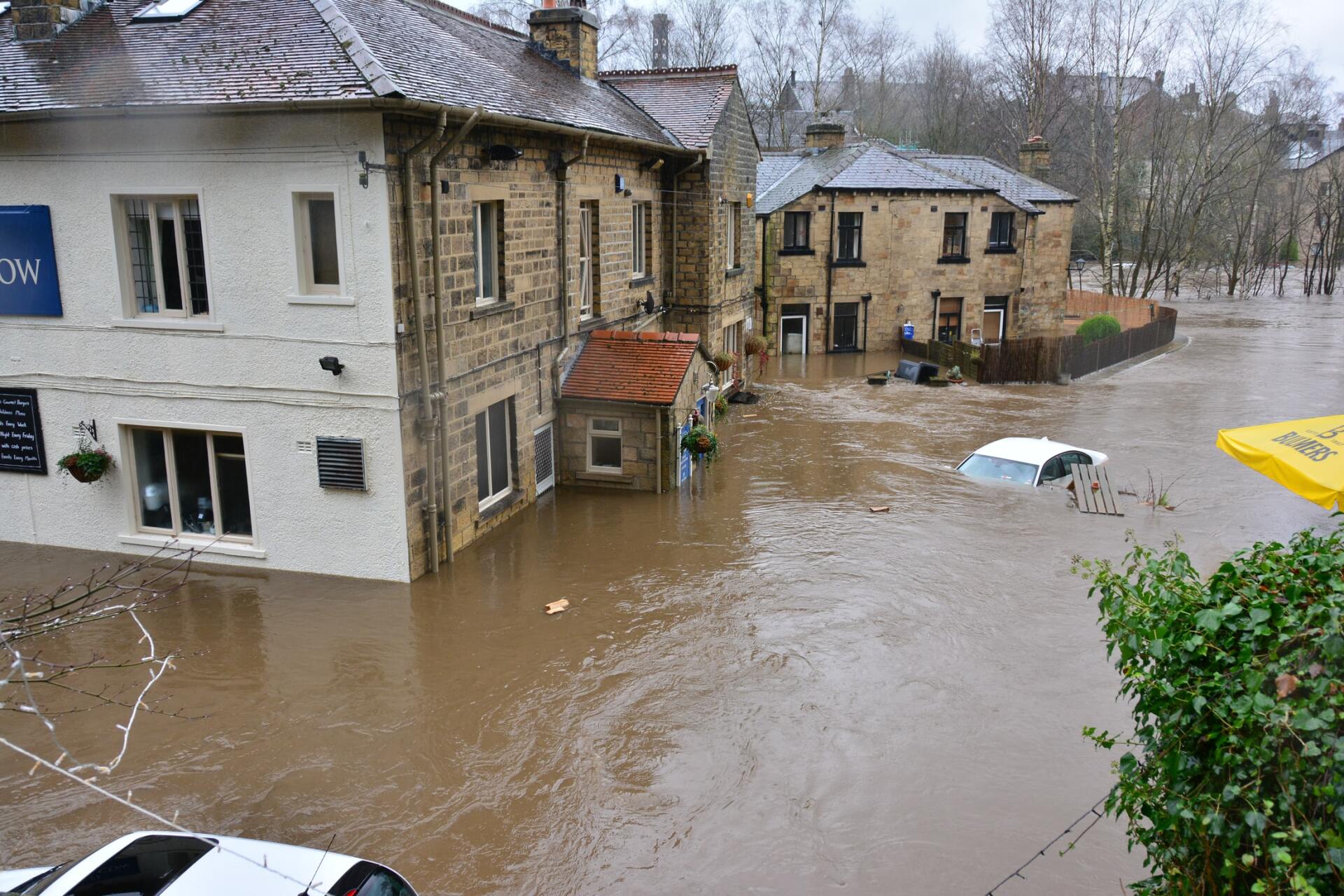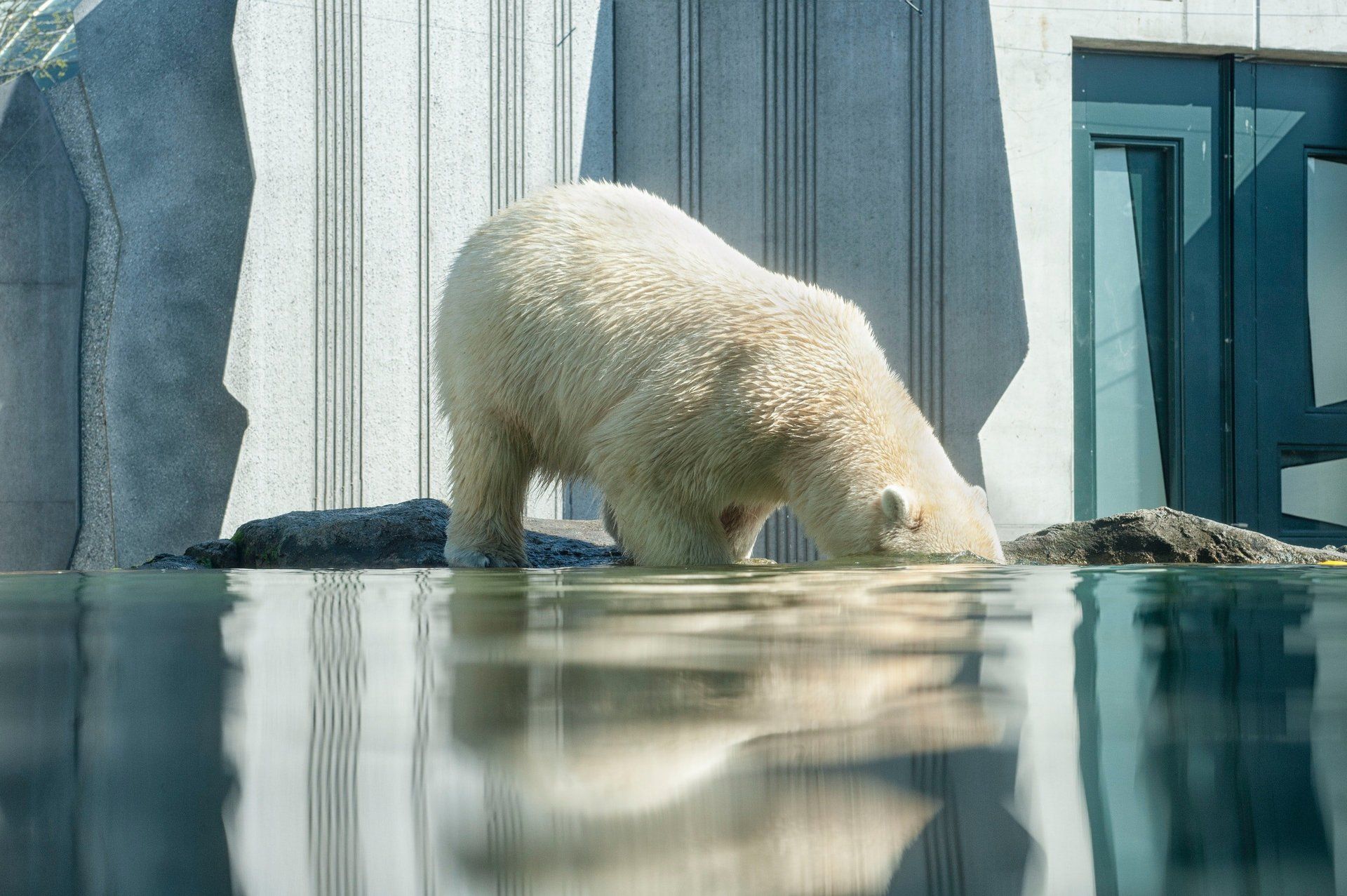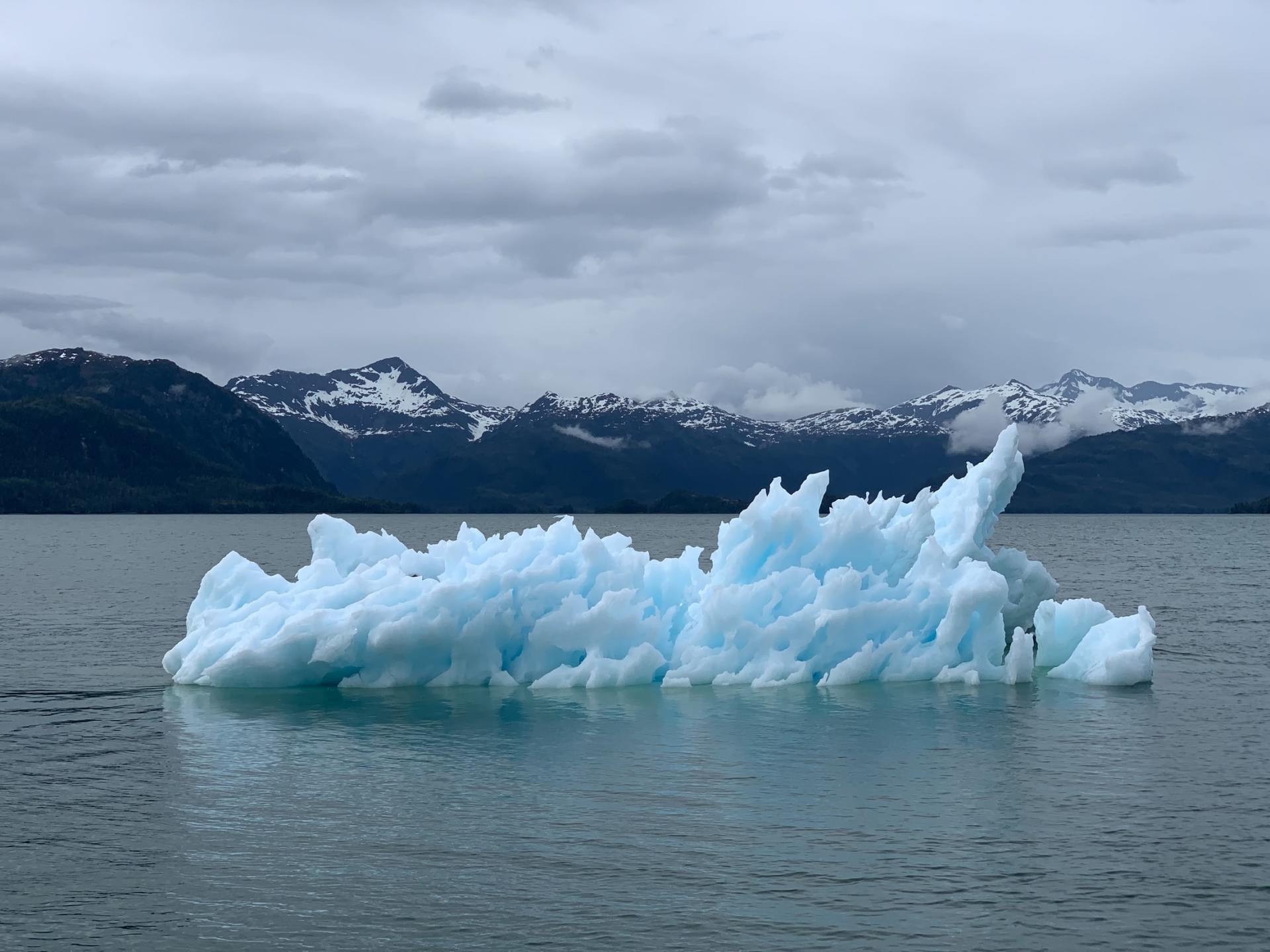2025 Earth Sanctuary
CO2 REPORT
Earth Sanctuary has proudly maintained its status as a Climate Active Carbon Neutral certified organisation for the 2024 calendar year. Independent verification by Cool Planet confirms genuine carbon reduction and climate responsibility. Reinforces Earth Sanctuary’s role as a national leader in sustainable tourism and environmental education. Carbon account demonstrates measurable progress against long-term reduction targets. Download our report below.
Earth Report 2025
The Sustainable Future of Earth's Sanctuary
Human actions on our planet is changing the very fundamentals of the living world. Our Impact is global and we are experiencing climatic events at an unprecedented level.
This is the status of our planet in 2025
World Population
8.2 billion
CO2 in our atmosphere
415 parts per million
Remaining Wilderness
35 %
Biodiversity Status
Critical

The Report by World Scientist that started the Earth Sanctuary Project
Some 1,700 of the world's leading scientists, including the majority of Nobel laureates in the sciences, issued this appeal in November 1992. The World Scientists' Warning to Humanity was written and spearheaded by the late Henry Kendall, former chair of UCS's board of directors. Please download the full report below, here's just a little insert from the file:
Human beings and the natural world are on a collision course. Human activities inflict harsh and often irreversible damage on the environment and on critical resources. If not checked, many of our current practices put at serious risk the future that we wish for human society and the plant and animal kingdoms, and may so alter the living world that it will be unable to sustain life in the manner that we know. Fundamental changes are urgent if we are to avoid the collision our present course will bring about.
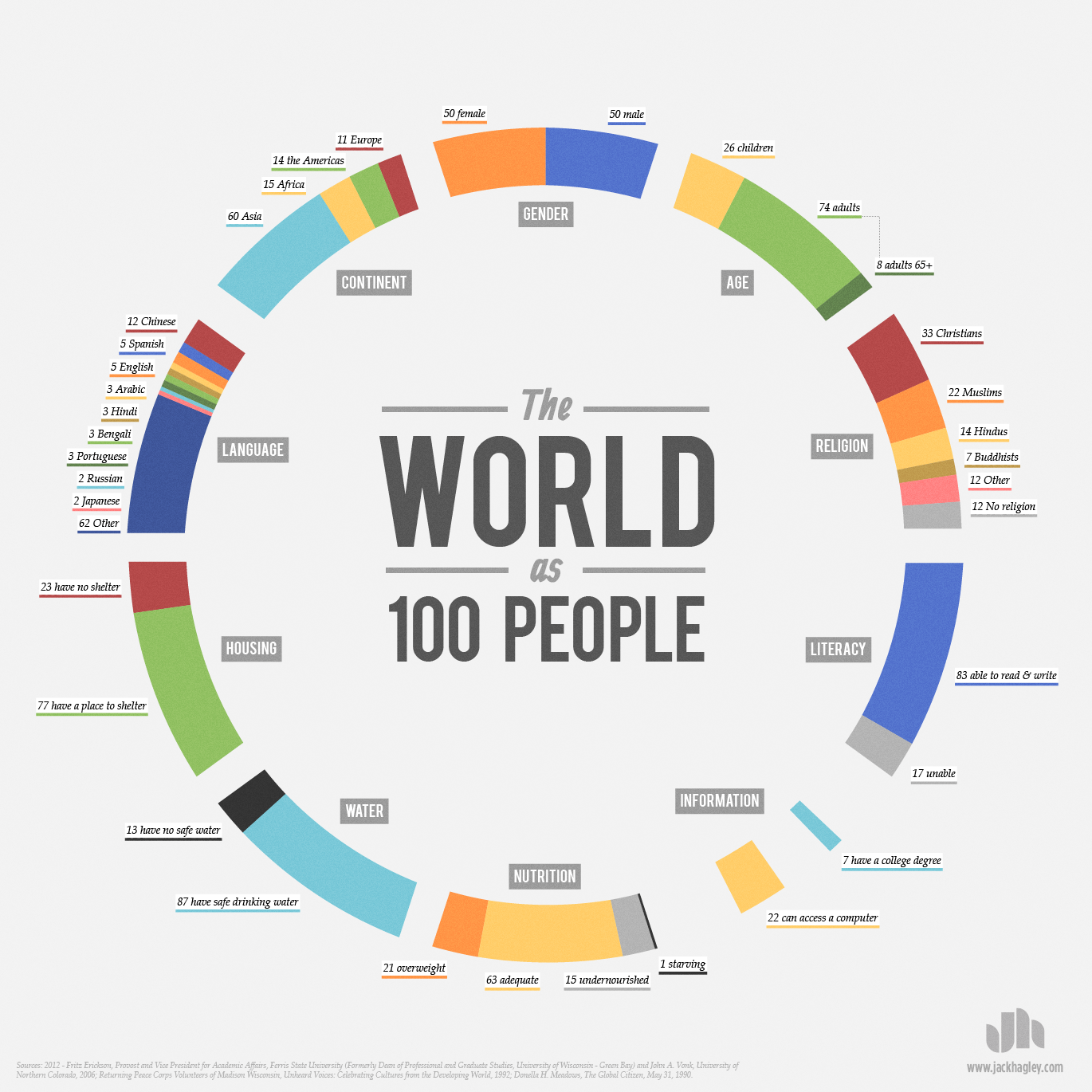
Our Challenge Protecting Our Bio-diversity
Biodiversity conservation protects plant, animal, microbial and genetic resources for food production, agriculture, and ecosystem functions such as fertilizing the soil, recycling nutrients, regulating pests and disease, controlling erosion, and pollinating crops and trees.
There is so much life on this planet that it's estimated 86 percent of species are still undiscovered. Thanks to humans, though, we may never get the chance to find them all. Biodiversity loss is becoming a bigger problem than we ever thought it could be. It's estimated that half of all the species on the planet could go extinct by 2050 — only 32 years from now. What is biodiversity loss, and why is it such a big problem?
What is Bio-diversity Loss
Biodiversity is defined as the totality of genes, species, and ecosystems in a defined area. Everything from the smallest single-celled organism to the largest apex predator makes up the biodiversity of a given area.
Biodiversity loss, on the other hand, is the death of those ecosystems. Either the entire ecosystem is destroyed because of human intervention — including deforestation, urban development, and farming — or enough key species in an ecosystem die that the ecosystem collapses on its own. There are plenty of examples of how human intervention can be devastating to an ecosystem.
What causes these natural ecosystems to collapse!
Sometimes the collapse of an ecosystem is the result of natural causes. Forest fires, floods, and volcanic eruptions all have the potential to destroy an ecosystem in a given area. However, these natural types of biodiversity loss are normal — and the planet has a plan in place to restore them once the damage has passed. Some seeds, like those from a number of pine trees, won't even germinate unless their parent tree has burned in a wildfire.
Those aren't the kinds of biodiversity loss we should be concerned about.
Human intervention has caused the majority of biodiversity loss in the last few decades. Common causes include: ( image courtesy of www. WWF.com
1. Deforestation: When we cut down a forest to use its lumber, or claim the land for agricultural purposes, we are destroying unique ecosystems that can't exist anywhere else.
Agriculture is the leading driver of deforestation globally. A growing global population and increased food consumption has led to many forests being converted into farms. The type of agriculture varies, but includes predominantly commercial agriculture, smallholder farming and cattle ranching in Latin America; subsistence and smallholder commercial farming in sub-Saharan Africa; and commercial agriculture and vast plantations in Southeast Asia.
Increased public and private sector collaboration and alignment of efforts to address deforestation and conversion are an important step to increasing sustainable food production and local peoples' livelihoods while reducing the environmental impacts of production and reducing greenhouse gas emissions.
Deforestation is also being driven by logging, human migration and population increases, extractive industries (mining, oil and gas), transport and infrastructure projects and expanding towns and cities. The exact causes of deforestation change over time, and vary from region to region. These regional differences highlight the need for place-based solutions that take specific local contexts into account. (source: www. wwf.com)
2. Invasive Species: Species introduced in an area where they have no natural predators can decimate an ecosystem. Good examples of this are the pythons in the Florida Everglades and lionfish in the Gulf of Mexico. Most of these invasive species are linked directly to human intervention.
Invasive species are among the leading threats to native wildlife. Approximately 42 percent of threatened or endangered species are at risk due to invasive species. Human health and economies are also at risk from invasive species. The impacts of invasive species on our natural ecosystems and economy cost billions of dollars each year. Many of our commercial, agricultural, and recreational activities depend on healthy native ecosystems
Invasive species are primarily spread by human activities, often unintentionally. People, and the goods we use, travel around the world very quickly, and they often carry uninvited species with them. Ships can carry aquatic organisms in their ballast water, while smaller boats may carry them on their propellers. Insects can get into wood, shipping palettes, and crates that are shipped around the world. Some ornamental plants can escape into the wild and become invasive. And some invasive species are intentionally or accidentally released pets. For example, Burmese pythons are becoming a big problem in the Everglades. (source www.nwf.org)
3. Pollution: Garbage dumped into the water supply, chemical runoff from industrial applications, and air pollution from cars and factories all have a negative effect.
DoSomething.org, is a global movement of millions of young people making positive change, online and off! Here are 11 facts and the sources for the facts are at the very bottom of the page. After you learn something, Do Something! Find out how to take action here.
- Pollution is one of the biggest global killers, affecting over 100 million people. That’s comparable to global diseases like malaria and HIV.[1]
- Cleanups can save animals’ lives and discourage people from littering in the future. Take initiative and host a cleanup -- wearing anything but clothes! -- at a park near you. Sign up for ABC Cleanup.[2]
- In 1975, the National Academy of Sciences estimated that ocean-based sources, such as cargo ships and cruise liners had dumped 14 billion pounds of garbage into the ocean.[3]
- Over 1 million seabirds and 100,000 sea mammals are killed by pollution every year.[4]
- People who live in places with high levels of air pollutants have a 20% higher risk of death from lung cancer than people who live in less-polluted areas.[5]
- The Mississippi River carries an estimated 1.5 million metric tons of nitrogen pollution into the Gulf of Mexico each year, creating a “dead zone” in the Gulf each summer about the size of New Jersey.[6]
- Approximately 40% of the lakes in America are too polluted for fishing, aquatic life, or swimming.[7]
- Americans make up an estimated 5% of the world’s population. However, the US uses 25% of the world’s resources - burning up nearly 25% of the coal, 26% of the oil, and 27% of the world’s natural gas.[8]
- Each year 1.2 trillion gallons of untreated sewage, stormwater, and industrial waste are dumped into US water.[9]
- While children make up 10% of the world’s population, over 40% of the global burden of disease falls on them. More than 3 million children under age five die annually from environmental factors.[10]
- Recycling and composting prevented 85 million tons of material away from being disposed of in 2010, up from 18 million tons in 1980.[11]
source
- World Health Organization. "Climate change and health." 2014. Web Accessed April 25, 2015. ↩︎
- Keep America Beautiful. “LITTER IN AMERICA.” 2010. Web Accessed April 25, 2015. ↩︎
- California Coastal Commission. "Marine Debris." State of California. Web Accessed April 25, 2015. ↩︎
- United Nations Environment Programme. "Marine Liter: Trash that Kills." Web Accessed April 25, 2015. ↩︎
- Grens, Kerry. "Air pollution tied to lung cancer in non-smokers." Thomas Reuters, 2011. Web Accessed April 25, 2015. ↩︎
- Bradford, Alina. "Pollution Facts & Types of Pollution." LiveScience. Web Accessed April 25, 2015. ↩︎
- U.S. Environmental Protection Agency. "Nonpoint Source Pollution: The Nation's Largest Water Quality Problem." Web Accessed April 25, 2015. ↩︎
- Worldwatch Institute. "The State of Consumption Today." Web Accessed April 25, 2015. ↩︎
- Chambers, Neil B. "How Infastructure Makes Water Work for Us." Palgrave Macmillan, 2011. ↩︎
- Blacksmith Institute, Green Cross. "The World's Worst Pollution Problems: The Top Ten of the Toxic Twenty." Web Accessed April 25, 2015. ↩︎
- U.S. Environmental Protection Agency. "Non-Hazardous Waste | Basic Information." Web Accessed April 25, 2015. ↩︎
4. Climate Change: Changes in the climate can happen naturally over millions of years — just look at the end of the last ice age. This time, though, climate change has been the result of human intervention. It's happening too quickly, and species can't adapt quickly enough, so they're dying out.
1. The worst impacts of climate change could be irreversible by 2030
In its 2018 special report on Global Warming of 1.5°C, the United Nations Intergovernmental Panel on Climate Change (IPCC) warned that we only have twelve years to prevent the worst impacts of climate change. The year 2020 is now only two months away — leaving us just a decade to halve our emissions to avert the worst climate impacts— yet little has changed regarding our release of greenhouse gas emissions.
In 2017, carbon emissions increased globally by 1.7 percent. In 2018, they increased further, up 2.7 percent from the year before. And 2019 is expected to have one of the highest rates of increase on record.
The U.N. climate report and subsequent reports have warned us that global carbon pollution must be cut in half in the next 10 years for us to avoid catastrophic, irreversible damage to our planet. And yet we’re going in the opposite direction. That’s terrifying.
“We’ve wasted the three decades since we were first warned by scientists that the climate was changing in perilous ways,” Bill McKibben, co-founder and senior advisor of 350.org, said in an Earth Day Network press call on October 22 — the beginning of the six-month countdown to Earth Day 2020. “Earth Day 2020 marks the beginning of the last crucial decade.”
2. The 20 warmest years on record have been in the past 22 years
The World Meteorological Organization (WMO) has compounded the research released in the 2018 IPCC report, stating that 20 of the warmest years on record have occurred in the last 22 years.
“The long-term temperature trend is far more important than the ranking of individual years, and that trend is an upward one,” WMO Secretary-General Petteri Taalas stated in a press release. “The degree of warming during the past four years has been exceptional, both on land and in the ocean.”
The years 2015, 2016, 2017 and 2018 had the highest temperatures since 1880, and 2019 is keeping pace to be another record year.
Are you scared for our future, yet?
3. More than 1 million species are at risk of extinction by climate change
Half of all amphibians are at risk of extinction due to climate change — so this could soon be a reality if we don’t act soon.
Extinction is a natural phenomenon, claiming about five species per year. But some experts suggest we’re in the midst of the sixth mass extinction — one that is caused mostly by human activity.
Scientists estimate dozens of species of plants and animals currently go extinct each day —nearly 1,000 times the natural rate. By mid-century, as many as 30 to 50 percent of the total species found on Earth will have disappeared.
Allowing this to continue is “a crime equivalent to tossing books from the Library of Alexandria thoughtlessly into a fire, erasing the shared inheritance of all mankind,” according to the National Institute of Environmental Health Science in a reviewfrom 2009.
Species diversity is crucial for ecosystem resilience, and without it, ecological communities will not have the strength to withstand change — especially not the change we’re throwing at them.
4. Climate change is already happening, and it’s detrimental to human life, too
Rising temperatures — coupled with a growing number of people in cities and an increasing population of elderly— have increased heat-related deaths, according to a 2018 study in The Lancet.
The report concluded that the lack of adaptive capacities and effort toward reducing emissions threatens human lives and the national health systems people rely on, by pushing services to their limit and disrupting core infrastructure.
But hyperthermia is not the only risk climate change brings to human life. Higher temperatures worsen air quality, negatively affect crop production, increase the spread of infectious diseases and threaten freshwater deposits.
A warming world also increases the intensity of natural disasters.
While instances of wildfires have decreased over the years, according to the WMO, the burn area and intensity of fires have increased. Wildfires are currently ripping through California — claiming more than 94,000 acres of land, 129 million trees and displacing 200,000 people to date in the San Francisco Bay Area .
Hurricanes are reaching new extremes, too. The frequency of high intensity hurricanes — ranked as categories 4 and 5 — has increased over the last 30 years. It has become immensely more difficult to escape these storms unscathed, and it will only get harder in the future.
Have you noticed that the Halloween season doesn’t feel the same either? If we can’t wear a full costume without sweating then something is wrong, right?
That’s because climate change is shifting the seasons. Falls, winters and springs are growing shorter, while summer extends into the supposedly cooler months. North American winters are losing snow and ice as a result — making prime ski destinations, well, not prime.
5. Many leaders still aren’t taking it seriously
The world has been aware of climate change since the IPCC formed in 1988. Scientists and the public rallied around environmental policy.
The United States, for example, is the second leading emitter of greenhouse gases behind China and the leading emitter per capita.
China continues to build coal-fired power stations despite investing in alternative energy sources like solar and wind. The United Kingdom, while an ambitious global leader in climate change policy, is reducing its targets for cutting emissions.
Generation for Change
Younger generations are taking matters into their own hands and striking for the climate. They’re skipping school completely to plead for an end to inaction toward climate change.
“Together and united, we are unstoppable,” Thunberg said at a rally in New York City. “This is what people power looks like. We will rise to the challenge. We will hold those who are most responsible accountable. We can, and we will.”
Earth Day 2020 will be the largest global mobilization for the environment in history. EARTHRISE plans to ignite intergenerational support of the movement planned for April 22, 2020 — combining a half century worth of action with the passionate demands of today’s youth activism. Join the movement.
5. Overfishing: It's difficult to put a number on overfishing because most of the ocean is still unexplored, but it's estimated that anywhere from 60 to 90 percent of the ocean has been overfished or is on the verge of collapse.
There are so many of us on the planet now that it's almost impossible not to have an impact on the world around us. What sort of impact will this loss of biodiversity have on us?
https://interestingengineering.com/9-ways-to-prevent-biodiversity-loss-and-what-causes-it

